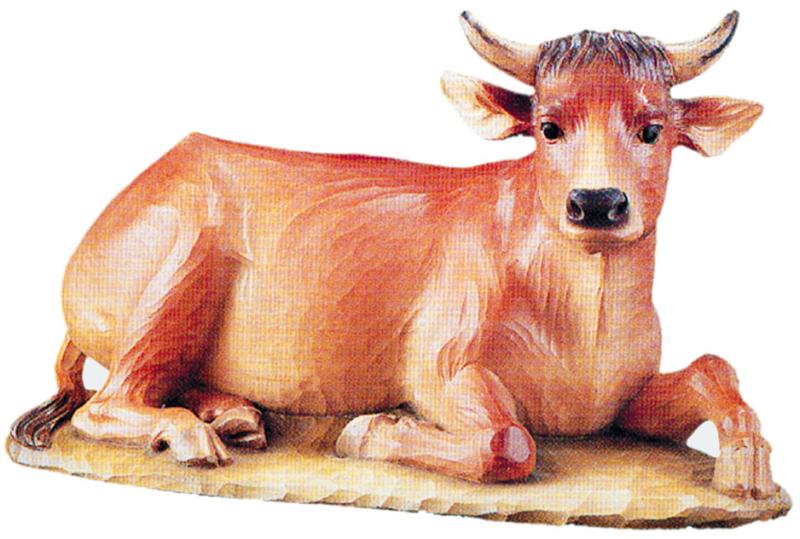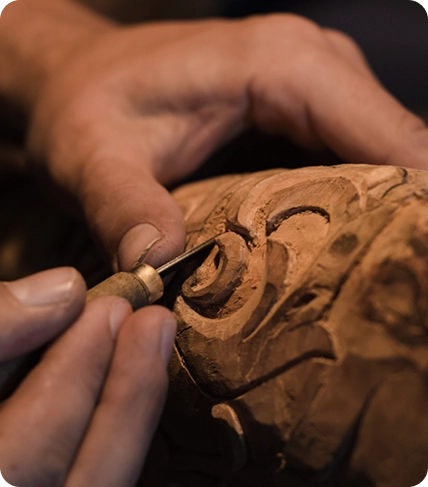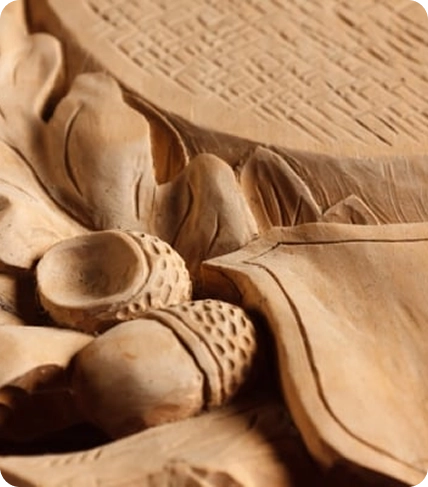The Ox, a humble and silent figure, is an essential element of the nativity scene, a symbol of strength, patience and devotion. Its presence next to Baby Jesus, Saint Joseph and Mary, although not explicitly mentioned in the canonical Gospels, is rooted in Christian tradition since the early centuries.
Its inclusion in the nativity scene derives mainly from interpretations of biblical passages and ancient legends. A key reference is the Book of Isaiah (1,3): "The ox knows its owner, and the donkey its master's manger, but Israel does not know, my people do not understand." This verse has often been read as a prophecy of the coming of Christ, with the ox and the donkey recognizing their Lord, unlike part of humanity.
Furthermore, tradition has it that the ox, with its warm breath, helped to heat the cave of Bethlehem, protecting the newborn Jesus from the cold. This gesture of care and protection has elevated the ox to a symbol of humility and service, essential qualities in the Gospel message.
The veneration of the ox in the nativity scene is not direct, but indirect: it is venerated as an integral part of the Nativity scene, a silent and faithful witness to the miracle of Christ's birth. Its figure evokes a sense of peace, simplicity and the profound connection between creation and its Creator. Its presence reminds us of the importance of the humble and simple in the divine plan, and how even the most modest creatures can have a significant role in the history of salvation.










